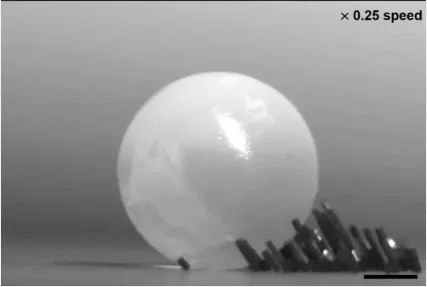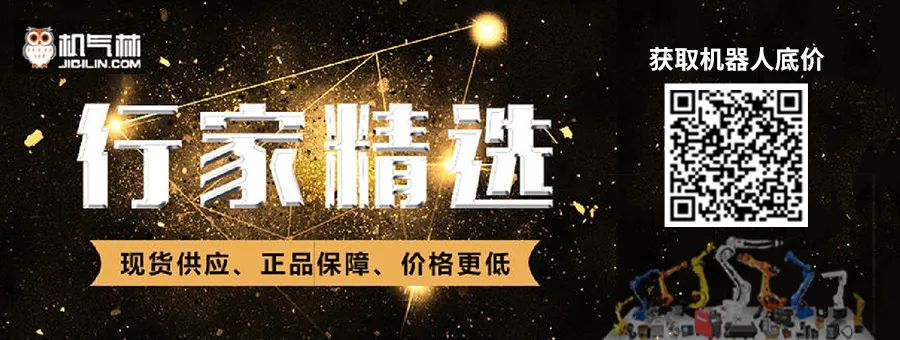
Introduction
This is an important advancement in cluster robot technology.
A research team from Hanyang University in Seoul, South Korea, has developed a cluster of micro magnetic robots that can work together like ants to accomplish a series of complex tasks, such as transporting objects much larger than themselves. This study was published in the journal “Devices” on the 18th, demonstrating that these micro robot clusters, which operate using rotating magnetic fields, can perform complex tasks when faced with challenges that a single robot cannot solve, such as providing minimally invasive treatment for arterial blockages and precisely guiding biological entities.

The team tested different combinations of micro robot clusters to observe their performance in various tasks. The results showed that configurations with a high aspect ratio could climb obstacles over five times the height of a single robot and cross these obstacles one by one.
When 1000 such micro robots gather together, they can form a raft on the water surface and can wrap around a pill that is 2000 times heavier than a single robot, allowing the entire group to transport medication in liquid. On land, these micro robot clusters also demonstrated strong capabilities, successfully transporting goods weighing up to 350 times that of a single robot and clearing blockages similar to clogged blood vessels. Additionally, by rotating and dragging along a path, the researchers created a system that allows the robot swarm to control the movement path of small biological entities.
The team drew inspiration from ants, learning how they cooperate to fill gaps in roads or form rafts during floods. This cooperative mechanism enhances the fault tolerance of the robots in the face of failure; even if some members fail to complete their tasks, the remaining members will continue to act according to their programming until enough members achieve the goal.
Previous research on cluster robots mostly focused on spherical robots that gather together through point contact. This study, however, utilizes cube-shaped micro robots, which have a larger surface area and stronger magnetic attraction between them, allowing each face to contact other robots. Each micro robot measures 600 micrometers and is composed of epoxy resin embedded with ferromagnetic neodymium-iron-boron particles, enabling them to respond to magnetic fields and interact with other robots. Driven by the magnetic field generated by rotating two connected magnets, these robots can self-assemble. The team achieved different combination configurations by adjusting the magnetic orientation of the robots.
This represents a significant advancement in cluster robot technology. The flexible combination modes of these small robots in future applications may far exceed your imagination: they not only demonstrate powerful capabilities in tasks such as transporting heavy objects, navigating obstacles, and clearing pipes, but also indicate their broad application potential in future medical fields, such as minimally invasive treatment for arterial blockages and targeted drug delivery. These robots showcase the immense potential of combining collective intelligence with micro-nano technology.





Disclaimer
Article Source: Science and Technology Daily
All information sourced from other media, as indicated, is reprinted from other media and does not represent our website’s endorsement of its views, nor does it represent our website’s responsibility for its authenticity. For reprints and business cooperation, please contact Teacher Mu at 159 0176 7989 (same WeChat number).